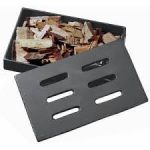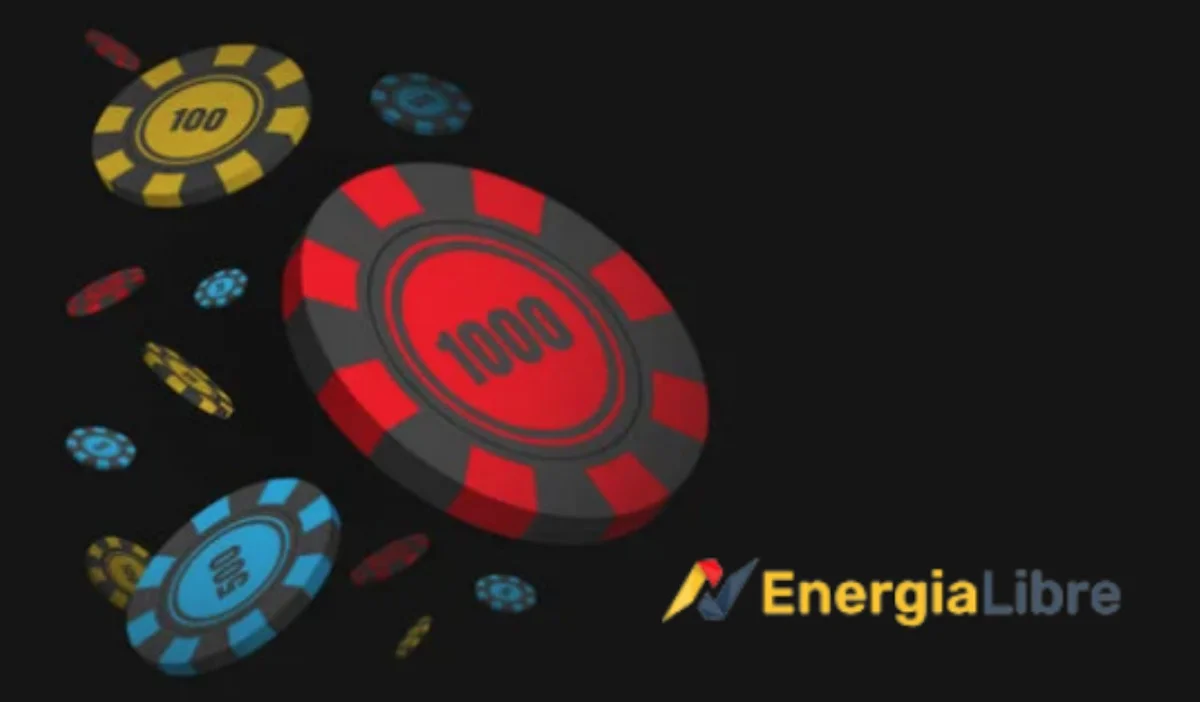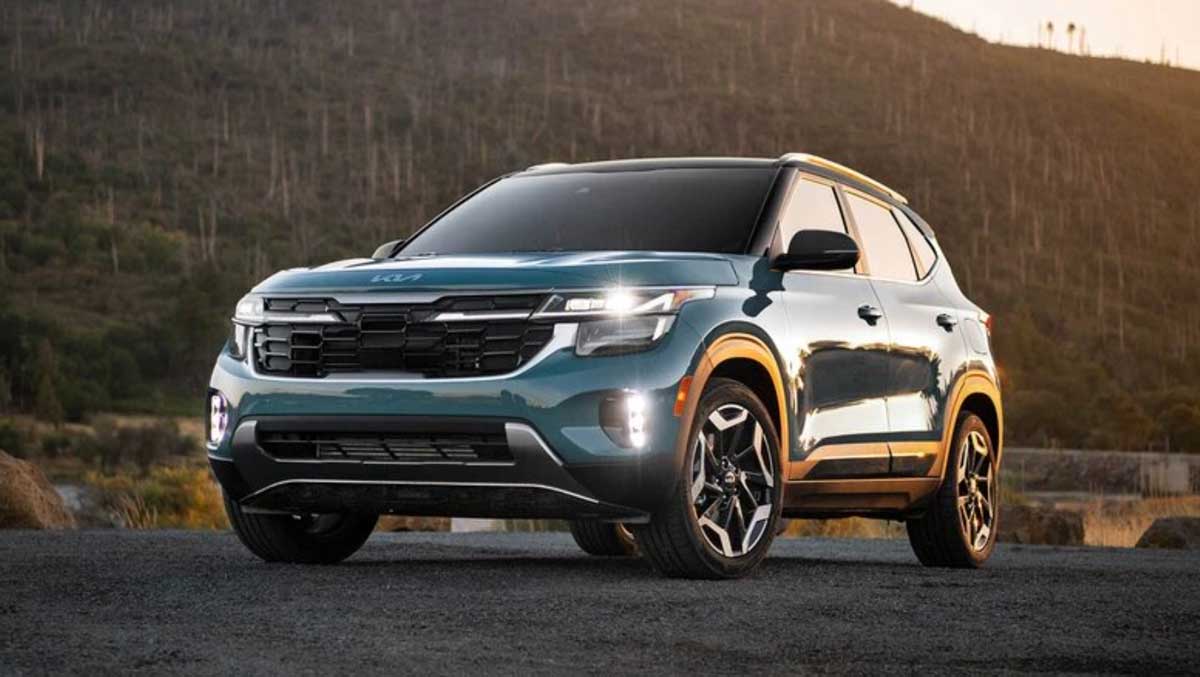Curiosidades y Artículos
Que parrilla elegir Gas vs Carbón. La Rivalidad Eterna…
Si usted está pensando en adquirir una parrilla, seguramente le ha pedido consejos a amigos, ha realizado una investigación y se encuentra entre una parrilla a gas y una a carbón.

Lo más probable es que aquellos que utilizan cierto tipo de parrilla le digan que su opción es sin duda la mejor. Sin embargo, si usted verdaderamente espera saber cuál tipo de parrilla se adecúa más a sus necesidades bastaría con saber qué está usted esperando de su nueva parrilla.
He desglosado las principales ventajas y desventajas de cada opción: Gas vs Carbón
Comodidad: Las parrilleras a gas se llevan el premio en éste aspecto. Con tan sólo girar una perilla y apretar un botón su parrillera estará prendida y lista para cocinar en pocos minutos. Con carbón probablemente se encuentre con que tiene que limpiar las cenizas de la parrilla pasada, o que se quede corto de carbón.
Aunque tenga todo listo para cocinar sin que le falte nada, prepárese para esperar unos 30 minutos hasta que la brasa se encuentre apta para cocinar.
Sabor: El auténtico sabor a ahumado que produce el cocinar con carbón es algo que los parrilleros clásicos resaltan a la hora de considerar a un verdadero chef parrillero.
Sin embargo, lo que estos parrilleros clásicos no saben es que el carbón es insípido e inodoro. Ese «Auténtico Sabor» proviene de las grasas y líquidos de lo que usted esté cocinando, que al caer sobre una superficie caliente, se evaporan e impregnan los alimentos dándoles un gran gusto.
Por lo tanto, dicho «Sabor Auténtico» se puede obtener sin lugar a dudas con una parrilla de gas.
En las parrillas a Gas puede usar unas cajas metálicas llamadas Smoker Box : Estas Ahumadora de Acero que convierte con facilidad su parrilla de gas en un ahumado, dandole un sabor a leña a su carne, Para obtener mejores Resultados, humedezca las astillas de madera.
Gas vs Carbón. La Rivalidad Eterna
Espacio: Un factor muy importante para su decisión es la escogencia del lugar a colocar la misma. Es más probable que una parrillera pequeña quepa en la mayoría de los patios y balcones.
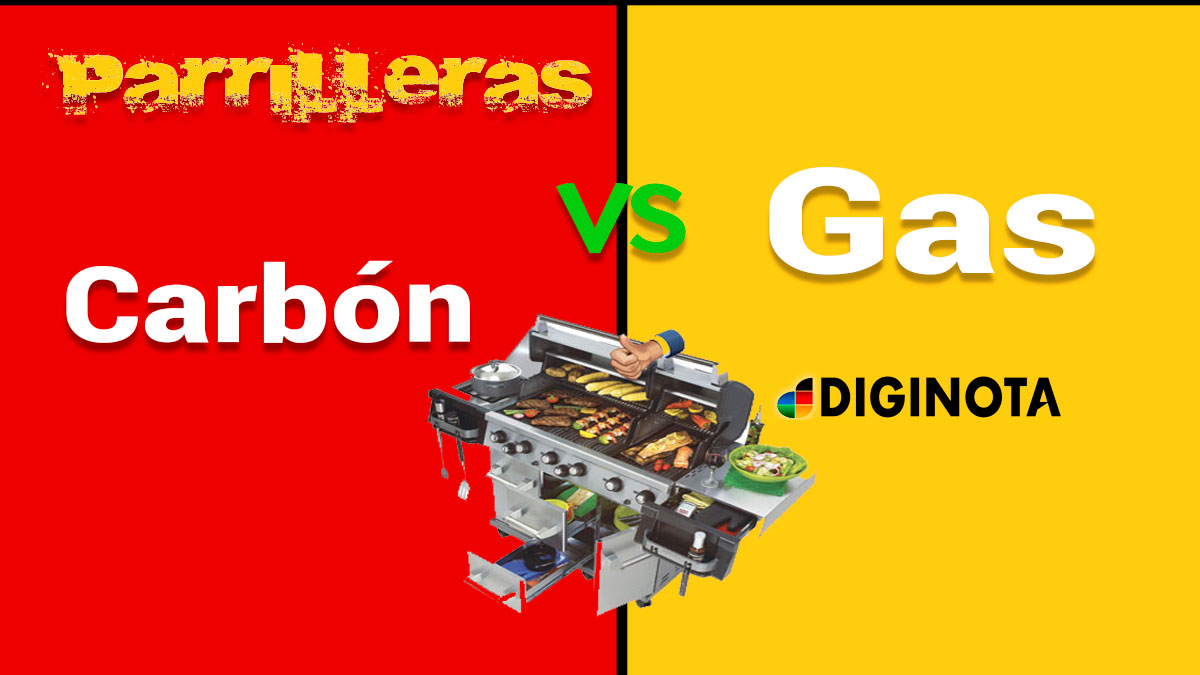
Existen muchísimas parrilleras de gas que por su diseño y tamaño se pueden adaptar a espacios pequeños.
Técnica de Cocina: Otro aspecto a considerar es cómo planea usted cocinar. Lento y Constante, o Caliente y Rápido? Si su opción es Caliente y Rápido, una parrillera a gas es su mejor opción.
El control que le ofrece una parrilla sobre la intensidad y temperatura de cocción es sumamente versátil y flexible, permitiéndole adaptarse, literalmente, a cualquier receta o técnica de cocina.

Costo: Finalmente, se tiene el costo del equipo, el cual en muchos casos llega a ser el factor determinante. Las parrilleras a gas suelen ser más costosas que las de carbón en su inversión inicial, sin embargo, a la larga se revierte esta tendencia.
El costo de llenar un cilindro de gas propano de 10 kg es de aproximadamente 6$/ y le puede durar unas 20 parrillas.
Ese mismo peso en carbón le cuesta aproximadamente 20$ y sólo le dura unas 3 parrillas. Debido a ello, usted estará gastando mas cada vez que haga una parrilla con carbón.
Si usted hace parrillas con mucha frecuencia, la mejor opción en cuanto a costos es una parrilla a gas.
El Veredicto Final
Cómo usted podrá haber visto, no existe como tal una decisión correcta ni una errónea a la hora de escoger una parrilla. Simplemente es una cuestión de Sabor, Tiempo y Costo.
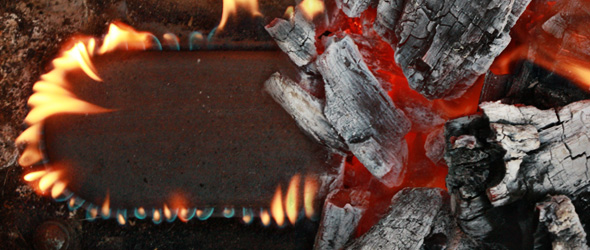
Ahora en ingles te dejo una tabla comparativa
| Gas | Charcoal | |
 |  | |
| Price Range | The most popularly priced gas grills are $129 to $299, while grills with more features will run between $700 and $1,500 and well beyond. | On the low end you can get something for about $20. A basic Weber kettle is around $85, while more deluxe models are upward of $400. |
| Temperature Range / BTUs | Some cheaper models may not get hot enough to sear well (you’ll need to reach about 600 degrees Fahrenheit). But Weber’s website adds that BTUs “are not a measure of cooking power. … Tightly engineered grills use fewer BTUs and cook food more efficiently.” When shopping, ask about the temperature the grill will reach and the burner configuration (the two factors depend on each other). | A loaded kettle grill with red-hot charcoal can reach 700 degrees Fahrenheit. The type of charcoal used will affect the temperature (lump usually burns hotter than briquettes). Charcoal is king among barbecue pitmasters, who insist that real barbecue is only achieved by cooking with smoke at around 200 degrees Fahrenheit. |
| Assembly | Gas grills are more complicated to assemble than charcoal—you’ll need about two hours for a midrange model. | With charcoal grills, you’re looking at a half-hour setup, tops. |
| Time to Start / Heat Up | Gas grills light instantly, and take about 10 minutes to heat up. | Charcoal grills require time to light the charcoal, and 15 to 20 minutes to reach cooking temperature. |
| Cost of Fuel | At the time of writing, it cost around $18 to fill a standard 20-pound propane cylinder, which yields about 20 hours of cook time. That equals a little over a dollar an hour to cook on gas. | A large chimney starter holds about six quarts of charcoal. Six quarts of a high-quality sustainably sourced lump charcoal will cost you about $1.70, and the equivalent quality in briquettes would be about $3.35. |
| Upkeep / Maintenance | You’ll have to check the gas connections and lines, replace the flavor briquettes, and refill the propane tanks as needed. You may also have to replace the ignition or grates now and then, and keep the burners, ignitor collector box, and drip tray clean. If you cover your grill when not in use, you can minimize upkeep. | The grill grates should be replaced annually, or every other year, depending on wear and tear. There aren’t a lot of other parts to maintain unless you opt for a model with a gas ignition. |
| Cleanup | Clean the cooking grate before or after you grill by simply turning the grill to high until the smoke stops, then brushing the grates. Cast iron grates require more specialized care. | You’ll have to clean out the ashes often and brush the grates every time you use the grill. |
| Taste / Cooking Style | Gas makes it easy to grill delicate foods like chicken breast, fish, fruit, and vegetables, whose flavors can be overwhelmed by smoke. A smoke box (like a drawer for wood chips) can achieve some of the smokiness of a charcoal grill. | Guaranteed smoky flavor. A charcoal grill may also double as a smoker with a little practice. |
| Features to Look for When Buying | To be able to do any indirect grilling, you will need at least two burners. If you’ll want to add flavor with smoke, see if the grill includes a smoke box. Other things to think about: Do you want fold-up side tables or a built-in gas gauge or thermometer, and how big of a surface will you need (will you be grilling for parties, or just for two)? Do you live in a damp climate? If so, it may be worth springing for a stainless steel or enamel coating. And does the grill come with a cover, or is one available? | If you want to do long, indirect cooks or just don’t want to deal with the hassle of ash cleanup, you might want a model with a high-capacity ash catcher. A hinged grate makes it easier to add charcoal. Being able to raise or lower the grate can make it simpler to control how much heat is being applied to your food. Some grills have built-in gas ignitions, but with a good chimney starter this may be a waste of money. |
Te puede gustar: Hierbas de la: (A a la Z) y sus funciones curativas

